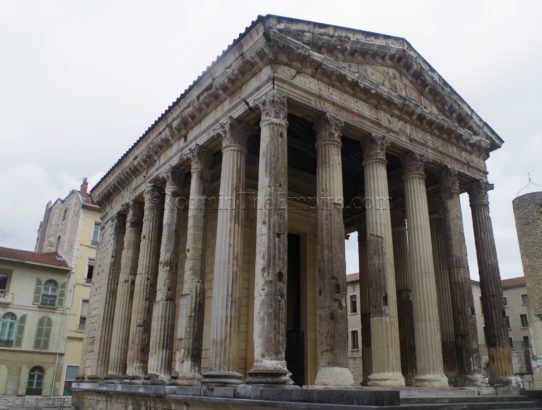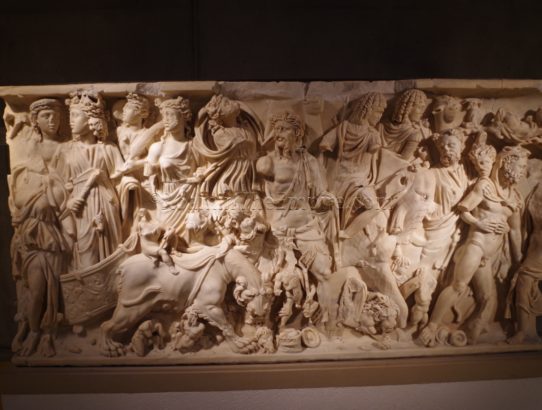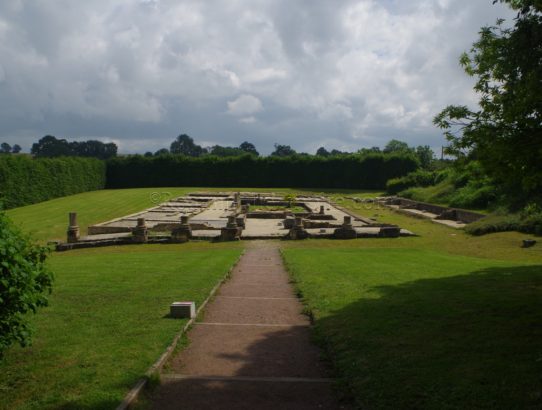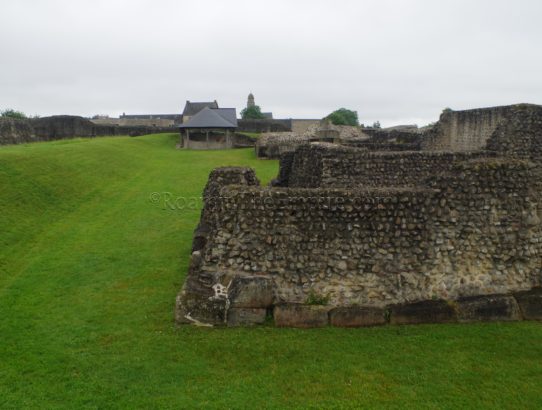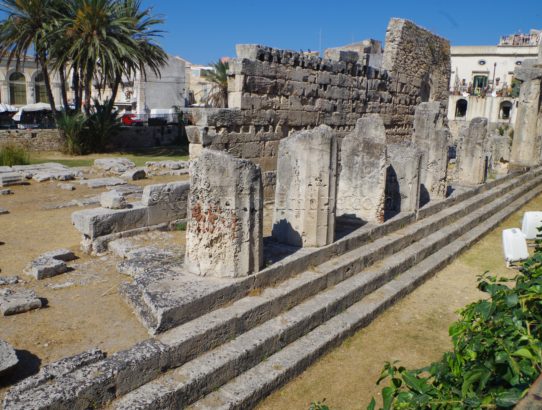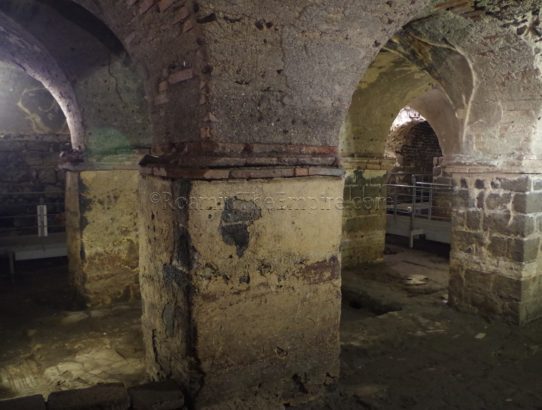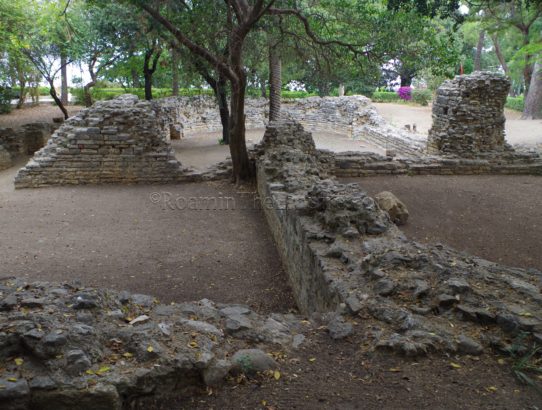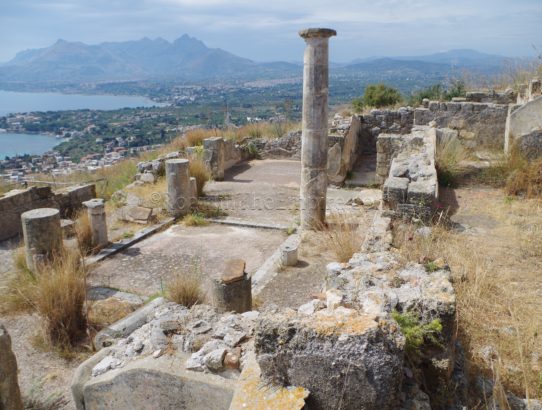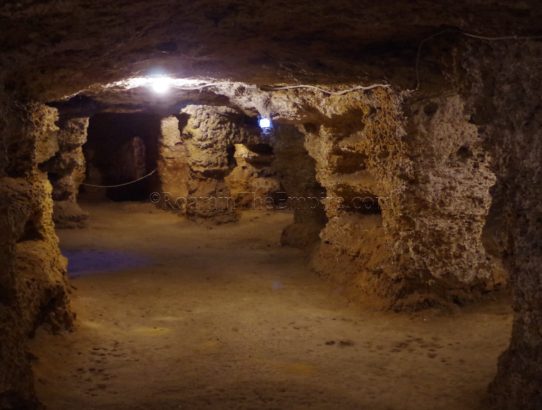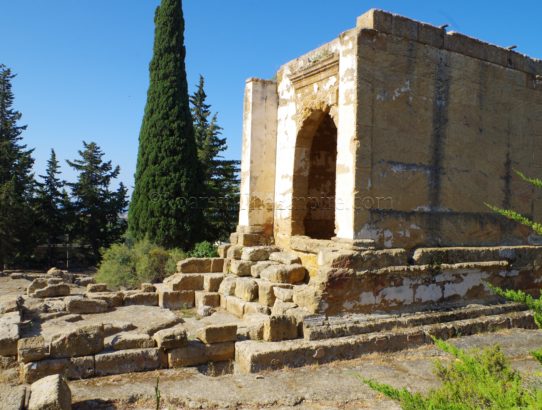Vienna, Gallia Narbonensis – Part I
Most Recent Visit: June 2018 As early as at least the 4th century CE, the site of the Roman town of Vienna (not to be confused with modern Vienna, Austria, which was called Vindobona during the Roman period) was the location of an oppidum of the Allobroges tribe. The location of Vienna on the Rhône…
Read More


